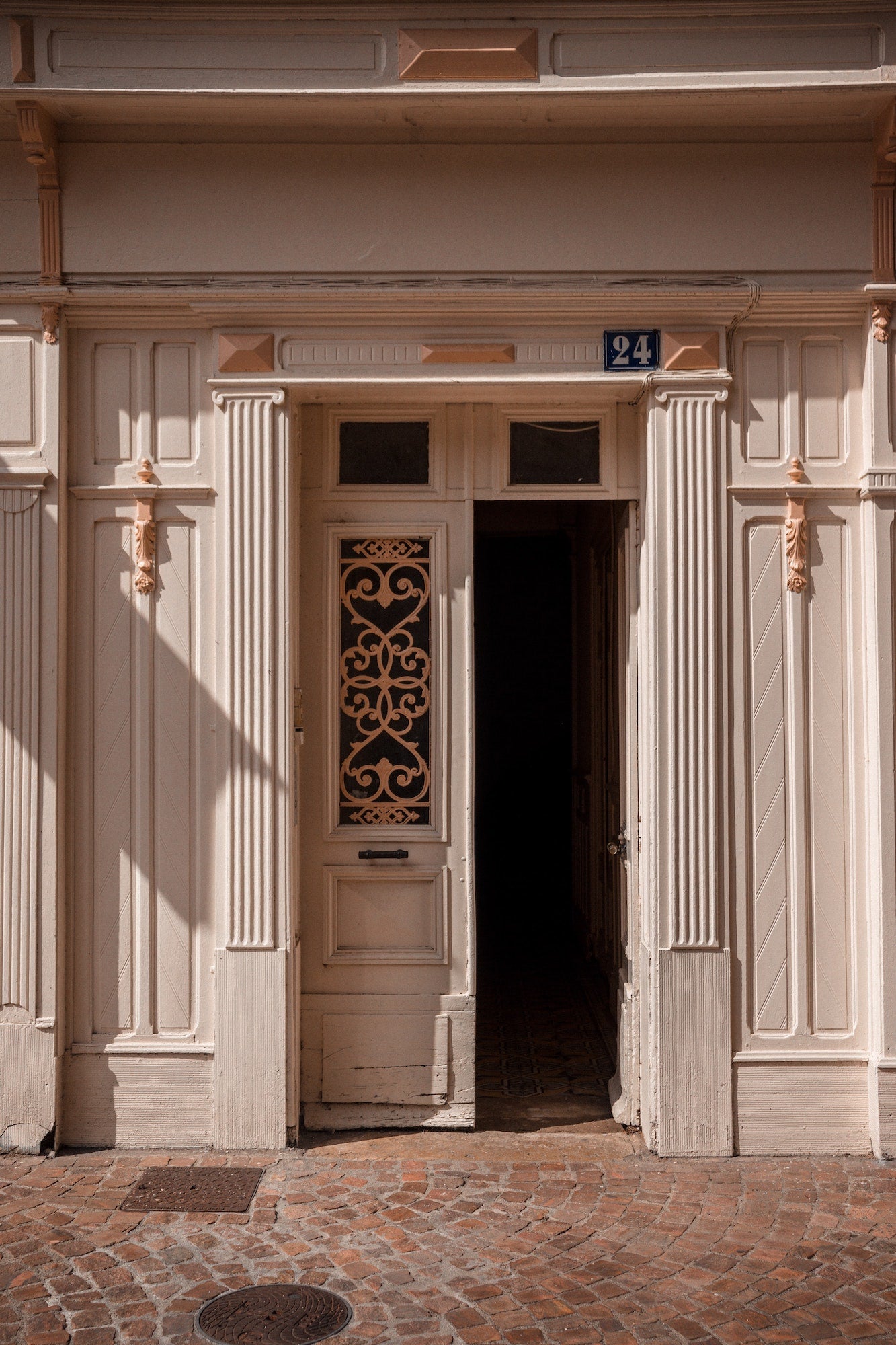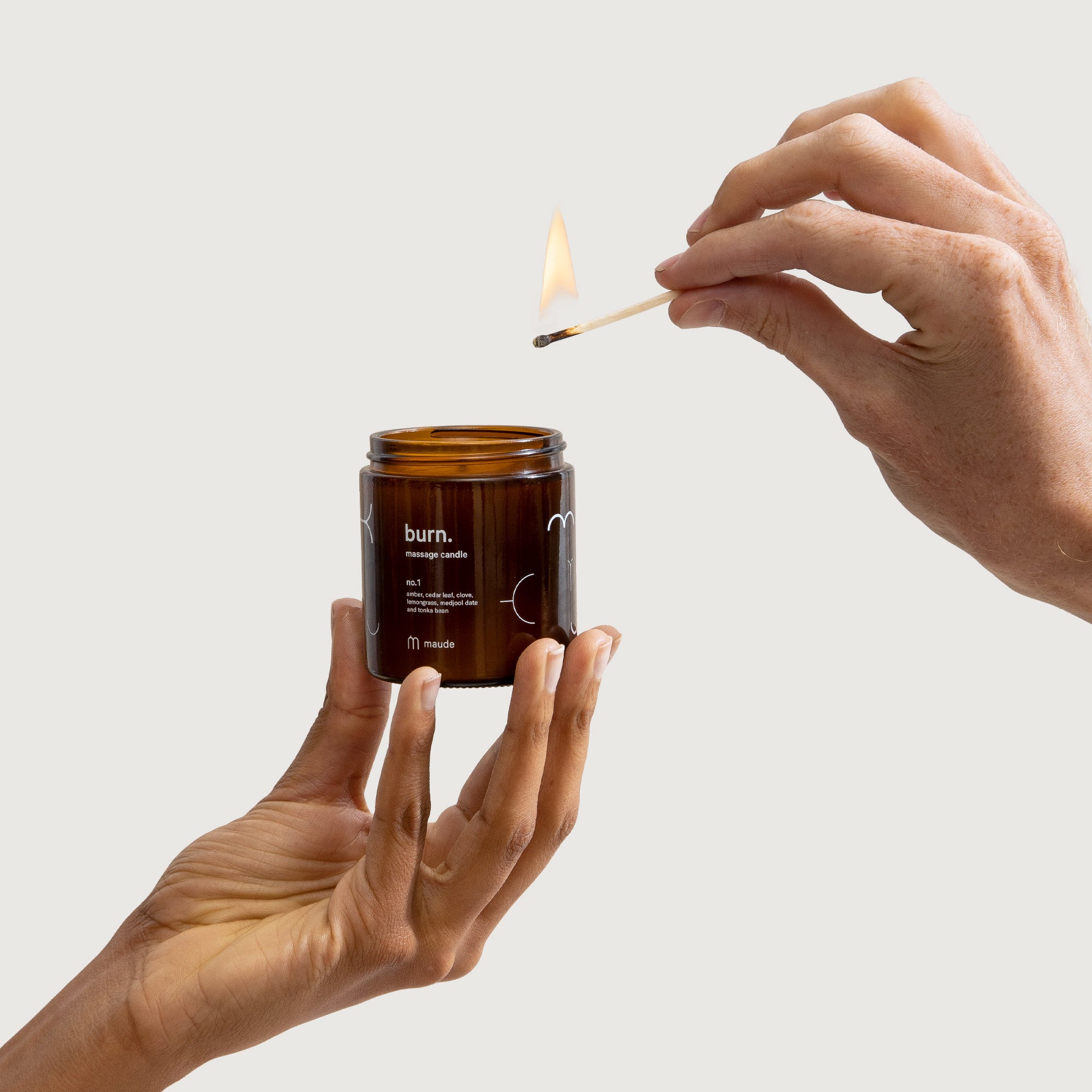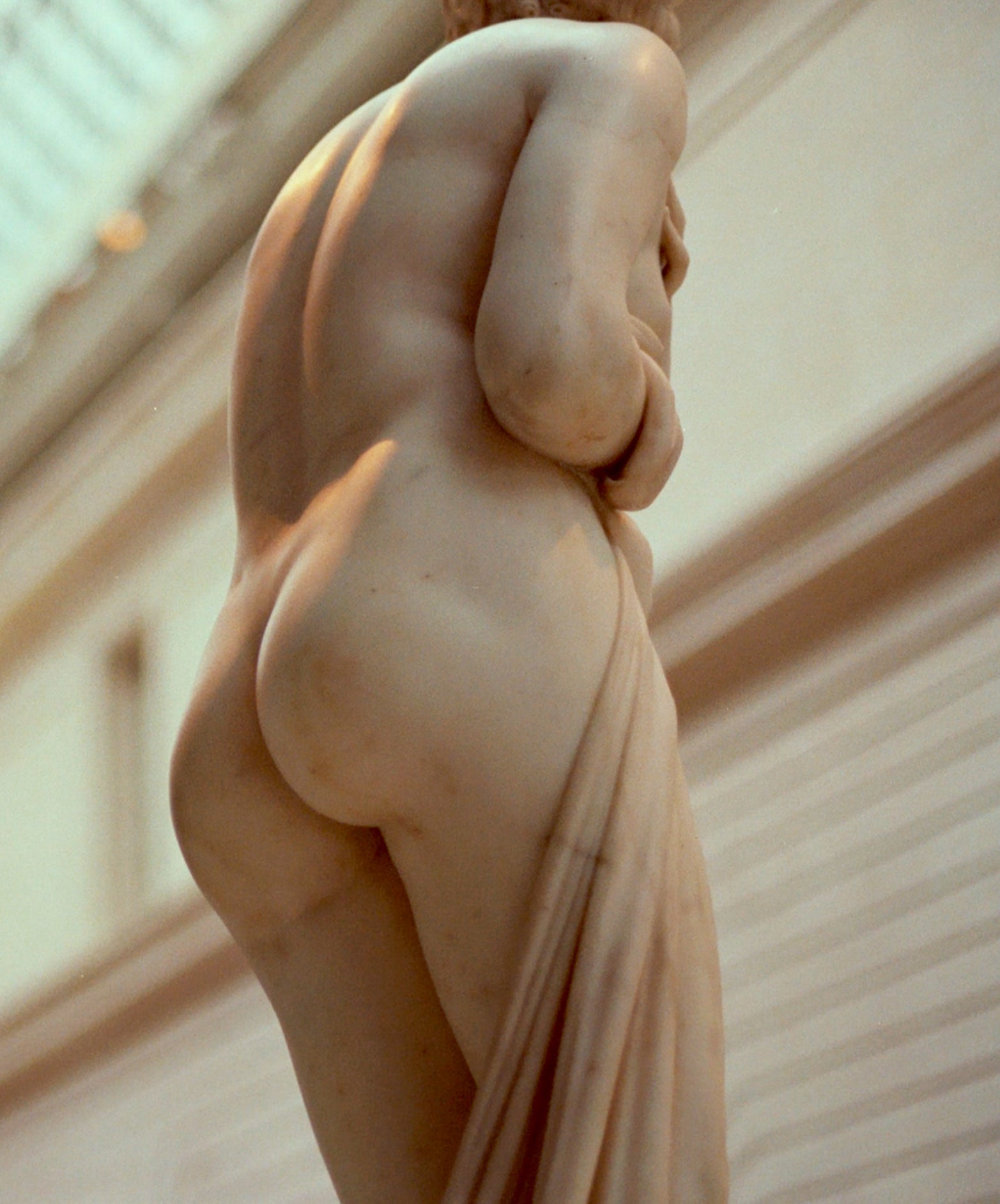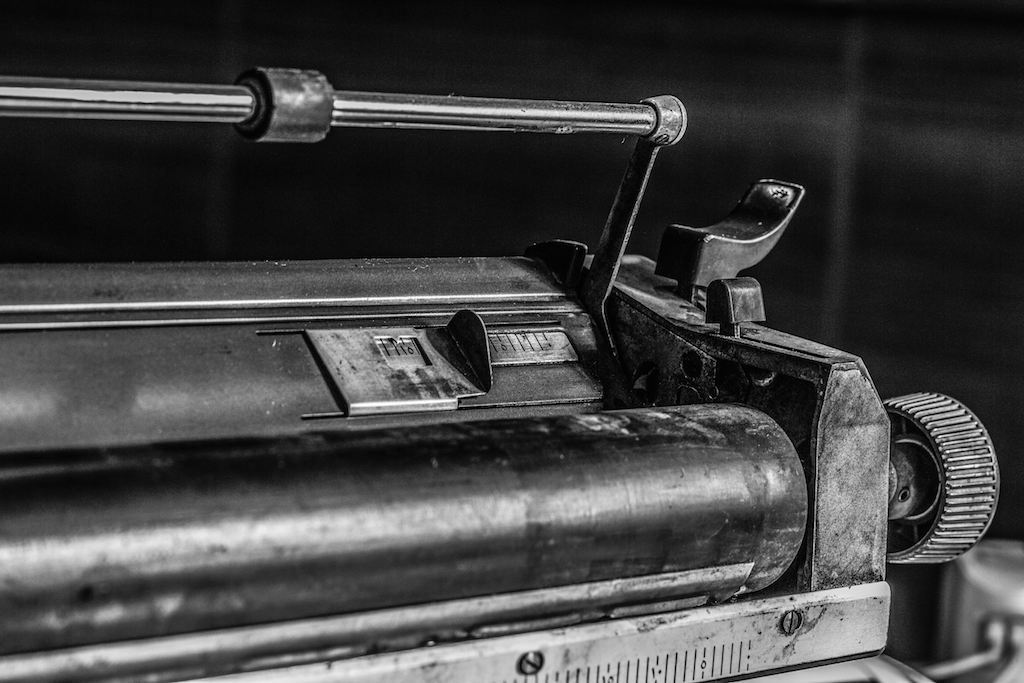What did sex look like 200 years ago?

Sex In the 'Bridgerton' Era, Explained.
Perhaps you’ve spent the last however-many-days binging your way through Shonda Rhimes' new series, Bridgerton (if you’re not familiar, think: dating shows of this decade but make it 19th century England). Or, in the realm of Victorian drama serials, maybe it’s Pride and Prejudice that strikes your fancy. But all the same, it would seem that we, as consumers, maintain an enduring fascination with sex and scandal in Europe of the 1800s.
Surely, it’s not the merciless corsets nor is it the roster of sexist marriage politics that make the concept of Victorian sexuality so enticing. In an era less than celebratory when it came to discussions of sexuality––in fact, one that largely forbid the deed before marriage––it would seem that withholding was the standard course of action...and perhaps that’s what makes it so enticing to us.
Case in point: In Rhimes' Netflix series, the protagonist, Daphne, discovers, only after she’s been married and begun to embark on her sexual awakening, that intercourse is the precursor to pregnancy. And according to showrunner Chris Van Dusen, the sexual politics––and the lack thereof––depicted in the show are largely accurate, both to Jane Austen’s novels that speak to the era, and to historic texts, as well.
Set in early 19th century London––the Regency sub-period of what’s known as the Georgian era––the show speaks to some of the changing dynamics of the time. The Victorian era, which immediately preceded the Georgian era, was famously chaste and suppressive when it came to sex. In large part, the “devil’s dance” was hardly discussed––and women were only deemed worthy of marriage if they remained virginal (which is to say, young brides knew little of sex as an anatomical process, let alone of pleasure).
The Georgian period marked some level of progression when it came to freeing women from those kinds of sexual constraints. In fact, according to historian Faramerz Dabhoiwala in Origins of Sex: A History of the First Sexual Revolution, the urbanization of England in the 18th century led to a direct increase in pre-marital and extramarital sex. At the time, it’s believed that almost 40% of young brides had lost their virginity before their wedding days, and nearly 25% of first-born children were born “out of wedlock”. In fact, there’s a case to be made that this was the real first Sexual Revolution.
That said, while women at the time were exploring the bounds or premarital sex, there was still little to be had by way of sexual education. As gender and sexuality historian Lesley A. Hall sees it, mothers would likely have given their daughters some version of premarital counsel surrounding sex, but because it was deemed improper to be anything but pure, few young women would enter their marriages (or their first sexual experiences) with any concept of pleasure, nor of contraceptives. Like...at all.





